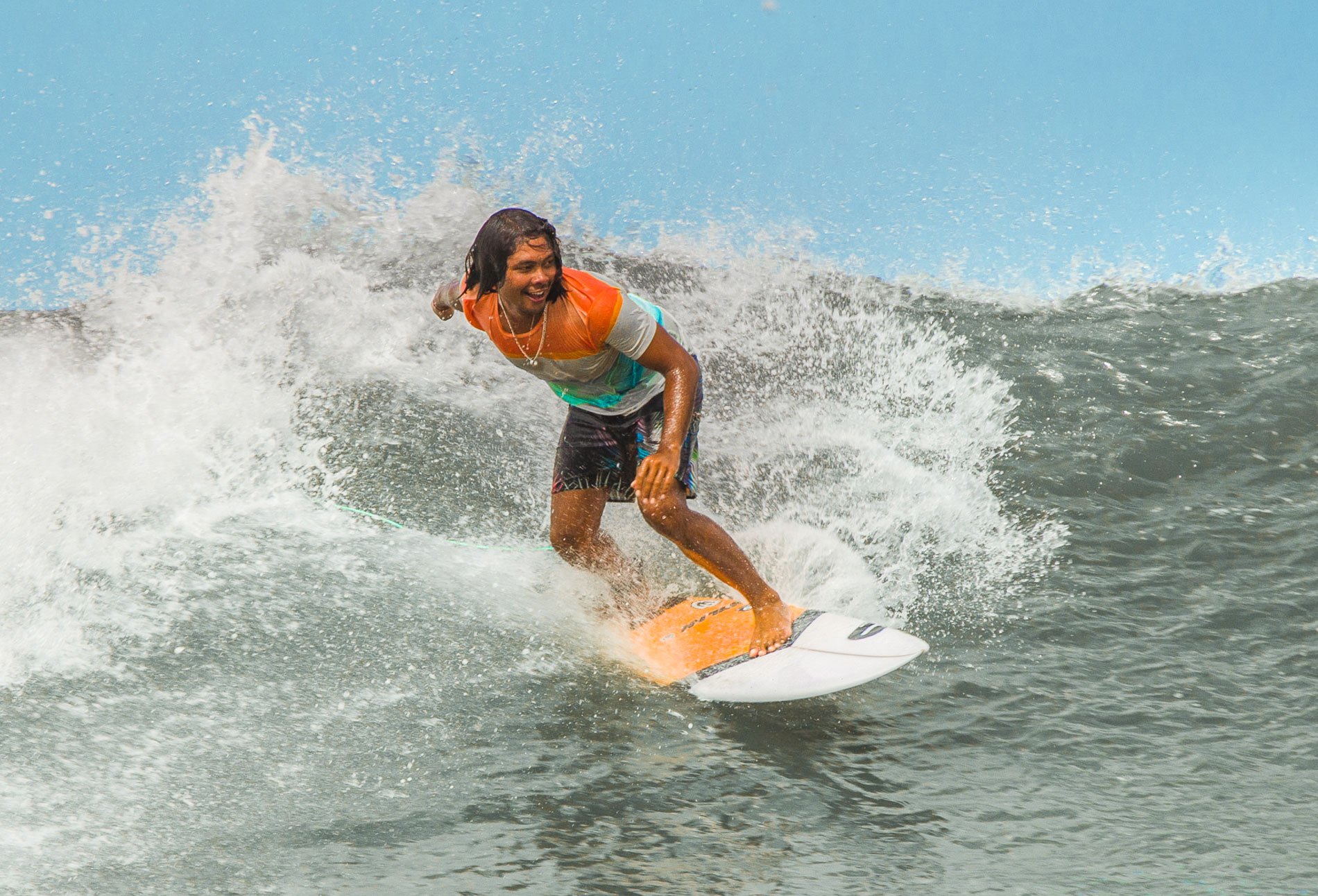Surfing is more than just riding waves—it’s about understanding the ocean and predicting its movements. Pro surfers have mastered the art of reading waves to maximize their time in the water. Whether you’re a beginner or looking to sharpen your skills, learning to read ocean waves is essential. Let’s dive into the fundamentals of understanding waves, how they form, and how you can use this knowledge to surf like a pro.
Understanding Wave Anatomy
Before diving into the techniques, it’s crucial to understand the basic structure of a wave. Every wave has the following components:
- Crest: The top of the wave.
- Trough: The bottom of the wave.
- Face: The vertical section of the wave, which surfers ride.
- Peak: The highest point of the wave where it starts to break.
Recognizing these parts helps you assess whether a wave is surfable and how to position yourself for the best ride.
How Waves Form
Waves are created by wind energy transferring to the ocean’s surface. Factors like wind speed, duration, and fetch (the distance over which the wind blows) determine the size and quality of waves. Ocean swells, generated by distant storms, travel across the sea and eventually break near the shore. Knowing the origin of the swell and its direction helps predict how waves will behave at your local surf spot.
Key Factors for Reading Waves
- Understand the Break Types
- Beach Break: Waves break over sandy bottoms. These spots can be unpredictable but are great for beginners.
- Point Break: Waves break along a point of land or rocks, offering long and consistent rides—ideal for experienced surfers.
- Reef Break: Waves break over a coral or rocky reef, creating powerful and precise waves for advanced surfers.
- Learn to Spot the Lineup
The lineup is the area beyond where waves break. Sit here to observe the ocean’s rhythm and wait for the right wave. - Watch the Sets
Waves arrive in sets, with lulls in between. Pay attention to how many waves are in a set and which ones offer the cleanest faces. Pro surfers often wait for the second or third wave in a set, as these tend to be the most powerful. - Assess Wave Direction
Waves break differently depending on their angle of approach. A right-hand wave breaks to the surfer’s right (when facing the beach), while a left-hand wave breaks to the left. Knowing your preference for riding frontside or backside can help you choose the best wave. - Look for the Peak
Position yourself near the peak of the wave, where it first starts to break. This allows you to catch the wave early and ride along its clean face.
Reading Wave Behavior at the Beach
Spend time observing the ocean before paddling out. Look for patterns in wave size, timing, and direction. Identify rip currents, which can either be hazards or helpful tools for paddling out to the lineup. Note how waves break across the shore—some areas might have better conditions than others depending on the tide and wind.
Using Technology to Enhance Your Skills
Modern surfers often rely on tools like surf forecasting websites and apps to track swell direction, wave height, and wind conditions. Additionally, surfing in controlled environments like URBNSURF Sydney offers a fantastic way to practice reading and riding waves in a consistent setting. Check out this video guide to URBNSURF Sydney to learn how wave pools can enhance your skills by providing perfect waves every time: https://wavepoolmag.com/all-you-need-to-know-video-guide-to-urbnsurf-sydney/ . These facilities allow surfers to experiment with different wave types and refine their technique without relying on unpredictable ocean conditions.
Common Mistakes to Avoid
- Paddling Too Late or Too Early
Timing is everything when catching a wave. Start paddling as soon as the wave begins to rise, ensuring you match its speed. - Ignoring Wave Priority
In crowded lineups, respect the unspoken rule of wave priority. The surfer closest to the peak has the right of way. - Overlooking Safety
Be mindful of hazards like rocks, reefs, and strong currents. Always surf within your skill level.
Practice Makes Perfect
Reading ocean waves is a skill that improves with experience. Spend time in the water, watch experienced surfers, and ask for tips. Each surf spot has its unique rhythm, and the more you surf, the more intuitive reading waves will become.
By mastering the art of wave reading, you’ll not only improve your surfing skills but also deepen your connection with the ocean. Whether you’re navigating the open sea or perfecting your technique in wave pools like URBNSURF Sydney, understanding the language of waves is key to becoming a pro surfer. So, grab your board, study the swell, and enjoy the ride!
Keep an eye for more latest news & updates on Intrepid Food!
